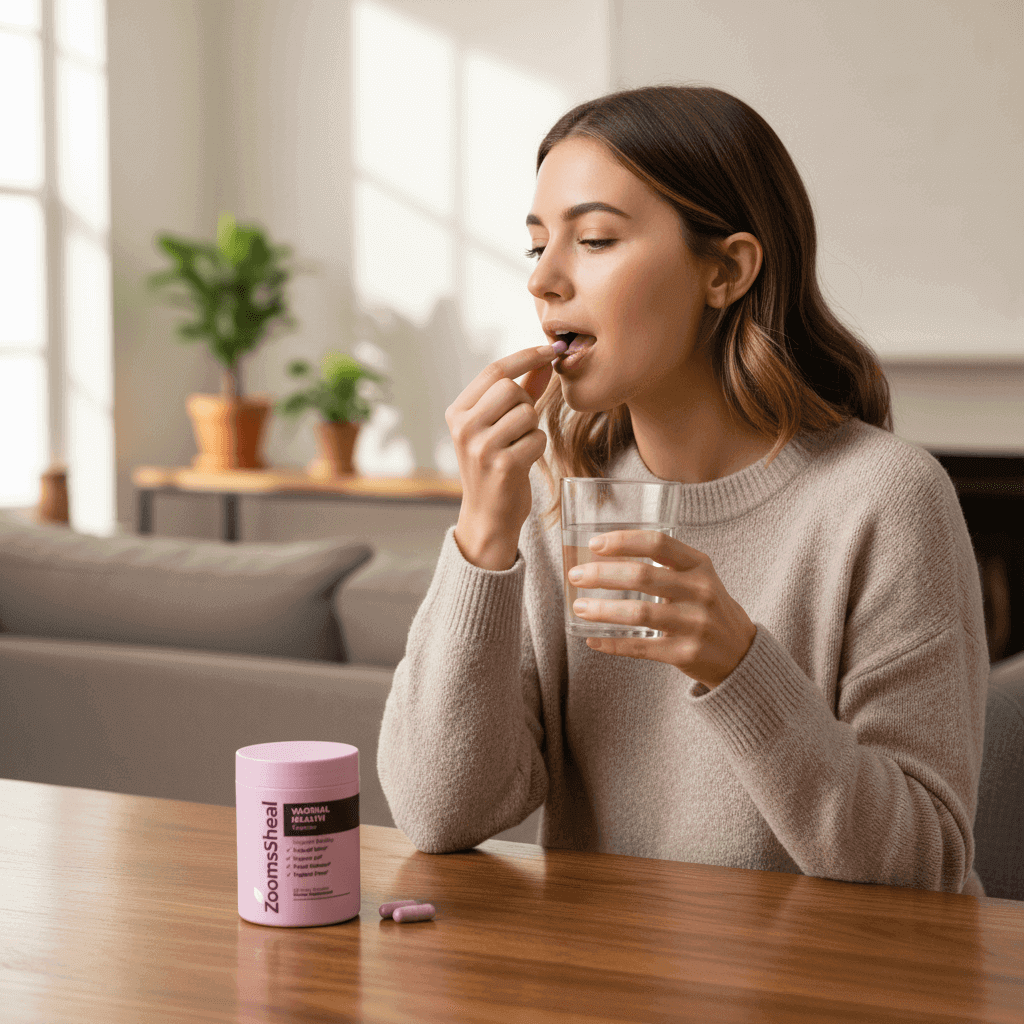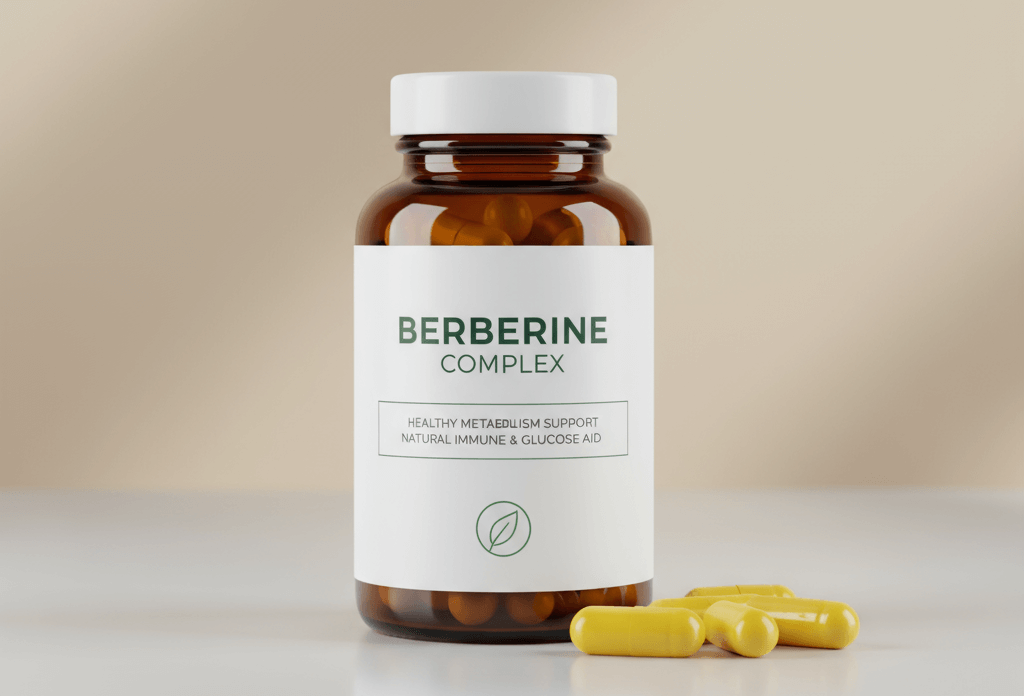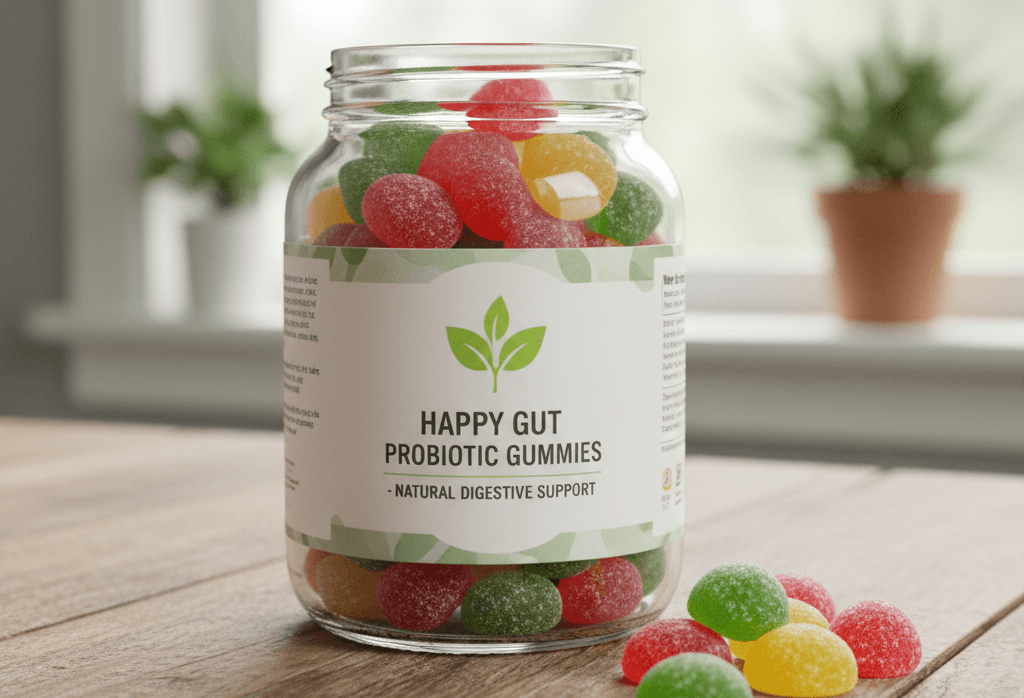What is Creatine?
Creatine is not an artificial compound; it is a molecule synthesized in the body from three amino acids: arginine, glycine, and methionine. The human body produces about 1 gram of creatine daily, with the rest coming from the diet (primarily meats and fish).
Mechanism of Action:
Creatine's central role is its involvement in the (Phosphocreatine,PCr) System. Inside muscle cells, creatine is converted into PCr through an enzymatic reaction. During high-intensity, short-duration exercise (such as sprints or weightlifting under 10 seconds), muscles rapidly deplete their primary energy currency, Adenosine Triphosphate (ATP). ATP breaks down into Adenosine Diphosphate (ADP), releasing energy. PCr then quickly donates a phosphate group to ADP, rapidly regenerating ATP to provide sustained energy for the muscle.
Why Creatine Monohydrate?
Creatine Monohydrate is the most common and researched form. It has a stable chemical structure, high bioavailability, and is cost-effective. While variants like Creatine Ethyl Ester and Buffered Creatine exist, scientific research consistently shows that the Monohydrate form is the most effective, with no evidence suggesting other forms are superior.
The Benefits of Creatine
Creatine's benefits go far beyond simple "strength boosting." It has positive effects on multiple body systems:
Athletic Performance Benefits:
-
Significant Increase in Strength and Power: By increasing the rate of ATP regeneration, creatine allows you to output greater force during maximal effort movements like sprinting, jumping, and lifting, often resulting in a 5% to 15% strength gain.
-
Increased Training Volume: It reduces the need for rest between efforts, allowing you to complete more sets or reps in a single session, which is a key driver for muscle growth (hypertrophy).
-
Cell Volumization and Protein Synthesis: Creatine "draws" water molecules into the muscle cells, increasing cell volume (cell volumization). This not only increases muscle fullness but is also considered a cellular signaling event that directly stimulates protein synthesis and inhibits protein breakdown, promoting long-term muscle gain.
Beyond Muscle: Cognitive Health:
-
Brain Energy Support: The brain is one of the most metabolically active organs and also uses $\text{ATP}$ for energy. Creatine can increase phosphocreatine stores in the brain, providing a quick energy backup for neurons, especially during stress, sleep deprivation, or complex cognitive processing.
-
Improved Memory and Intellectual Performance: Studies have shown that creatine supplementation can improve working memory and performance on intelligence tests, particularly benefiting individuals with lower baseline creatine intake (like vegetarians) or older adults with naturally declining creatine levels.
When to Take Creatine
The timing of creatine intake is a common question, but scientific research indicates that consistency is the most crucial factor, not precise timing.
-
Consistency is Key: Whether you choose morning, noon, or night, the most important thing is to take it daily to maintain muscle creatine saturation.
-
Training Days: Post-Workout Slight Edge: Although the difference is minor, some evidence suggests that taking creatine immediately after a workout may be slightly more effective. Blood flow is increased post-exercise, and muscle cells have a heightened sensitivity to nutrient uptake, including creatine.
- Pairing Suggestions: Enhancing Absorption:
-
Carbohydrates (e.g., Glucose): Consuming 50-100 grams of high-glycemic carbohydrates stimulates insulin release. Insulin is a "storage" hormone that helps shuttle creatine into the muscle cells.
-
Protein/Amino Acids: Taking it with 20-50 grams of protein or whey protein provides a similar, beneficial insulin response.
-
Regarding Side Effects:
The most common side effects are gastrointestinal distress and minor weight gain (due to increased water retention inside muscle cells, not fat). If you experience stomach discomfort, try:
-
Reducing the single serving size (e.g., sticking to 4 doses of 5 grams during the loading phase).
-
Ensuring you are using a reputable Monohydrate product.
-
Taking it with a meal.
How Much Creatine Should I Take
The correct dosing strategy aims to safely and quickly maximize muscle creatine stores, and then maintain that high level.
Strategy 1: Loading Phase ($7$ Days Quick Saturation):
-
Execution: 20 grams of Monohydrate daily, split into 4 doses of 5 grams, for 5-7 days.
-
Pros: Muscle saturation is achieved within 7 days, leading to faster results in performance.
-
Cons: Slightly higher risk of gastrointestinal discomfort.
Strategy 2: Direct Maintenance (Slow Saturation):
-
Execution: 3-5 grams of Monohydrate daily, without a loading phase.
-
Pros: Lowest risk of GI discomfort, simpler and more convenient.
-
Cons: Takes 3-4 weeks to reach the same level of muscle saturation as the loading phase.
Long-Term Maintenance Dose:
Once muscles are saturated, either through loading or slow saturation, you should switch to a maintenance dose:
-
Standard Dose: 3-5 grams daily.
-
Larger Individuals: For individuals over 100 kg,5-10 grams may be necessary.
-
Cycling: Scientific evidence suggests cycling is unnecessary (i.e., you do not need to stop taking it periodically). Long-term, continuous intake of 3-5 grams is safe and effective.
The Importance of Water Intake:
Because creatine "draws" water into the muscle cells, you need to significantly increase your water intake. Adequate hydration not only helps creatine work more effectively but also prevents potential dehydration and stress on the kidneys (though creatine does not harm the kidneys in healthy individuals, sufficient water is always key).
Creatine Gummies? Powder? Capsules? Choosing the Right Form
Creatine, as one of the most popular sports supplements, is available in various forms on the market. While their active ingredient is usually Creatine Monohydrate, they differ in absorption rate, convenience, taste, and price.
Creatine Powder
The most researched and trusted form of creatine — optimized for strength, recovery, and long-term performance.
Pros ✅
- Cost-Effective: Offers the best value for money.
- Easy to Mix: Works perfectly with protein shakes or juice.
- Accurate Dosing: Allows precise measurement (3g–5g).
Cons ⚠️
- Solubility: Poor solubility in cold water, may leave residue.
- Inconvenience: Requires scoop and mixing before use.
- Clumping: Sensitive to moisture in humid environments.
Best For 🏋️♂️
Perfect for long-term users seeking the best value and consistency, as well as professional athletes needing precise dosage control for performance optimization.
Cretine Capsules / Tablets
Encapsulated creatine powder in gelatin or vegetable capsules — perfect for those who value simplicity and convenience.
Pros ✅
- Ultimate Convenience: No mixing required — take it anytime, anywhere.
- Neutral Taste: Avoids the taste of pure creatine or artificial flavoring.
- Dosage Control: Easy to track your exact daily intake.
Cons ⚠️
- Dose Limitation: Each capsule usually contains only 0.75–1g, requiring multiple pills for a 5g dose.
Best For 💼
Ideal for frequent travelers, commuters, or anyone who dislikes the taste of powder but still wants consistent creatine support.
Creatine Gummies / Chewables
An emerging and fun way to take creatine — blending flavor, convenience, and a candy-like experience.
Pros 🍬
- Great Taste: Feels like candy, making adherence effortless.
- No Water Needed: Convenient — just chew and go.
- As a Treat: Doubles as a fun post-workout snack.
Cons ⚠️
- Inaccurate Dosing: Creatine content per gummy varies; often includes additives and sugar.
- Sugar & Fillers: Contains extra sweeteners, colors, or flavorings unnecessary for performance.
Best For 💪
Perfect for fitness enthusiasts who are occasionally forgetful but still want maximum convenience and a tasty experience.
Summary and Recommendation
From a scientific and economic standpoint, Creatine Monohydrate Powder remains the optimal choice. If you are a serious trainee prioritizing efficacy and cost-effectiveness, choose the powder. If convenience is paramount and you don't mind the extra expense, capsules are a good alternative. Gummies should be the last resort due to their high cost and potential for unnecessary additives.






